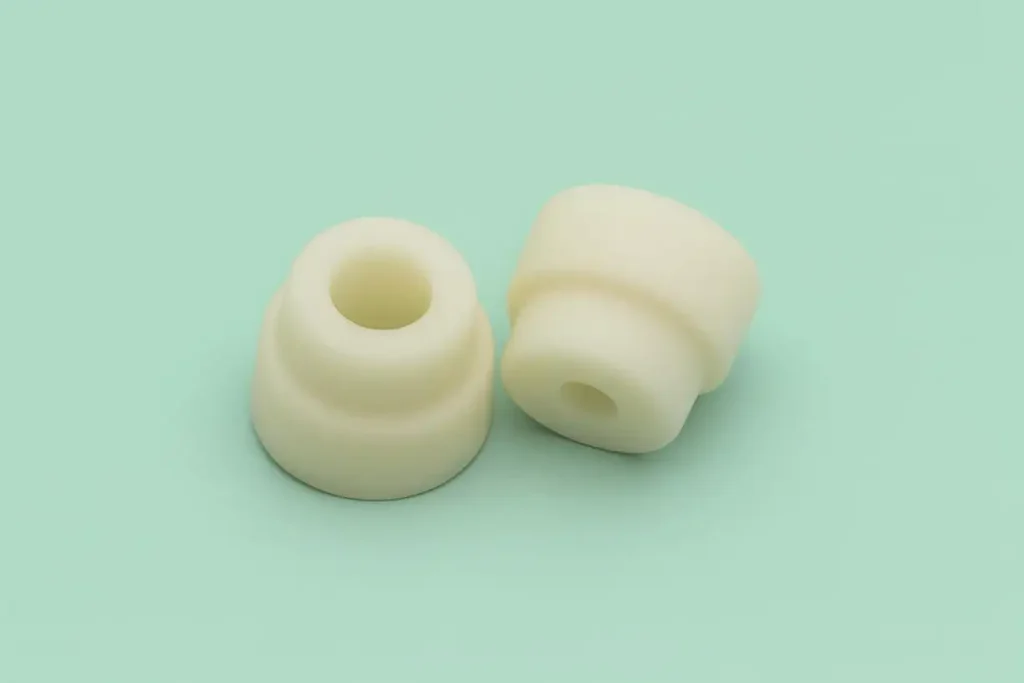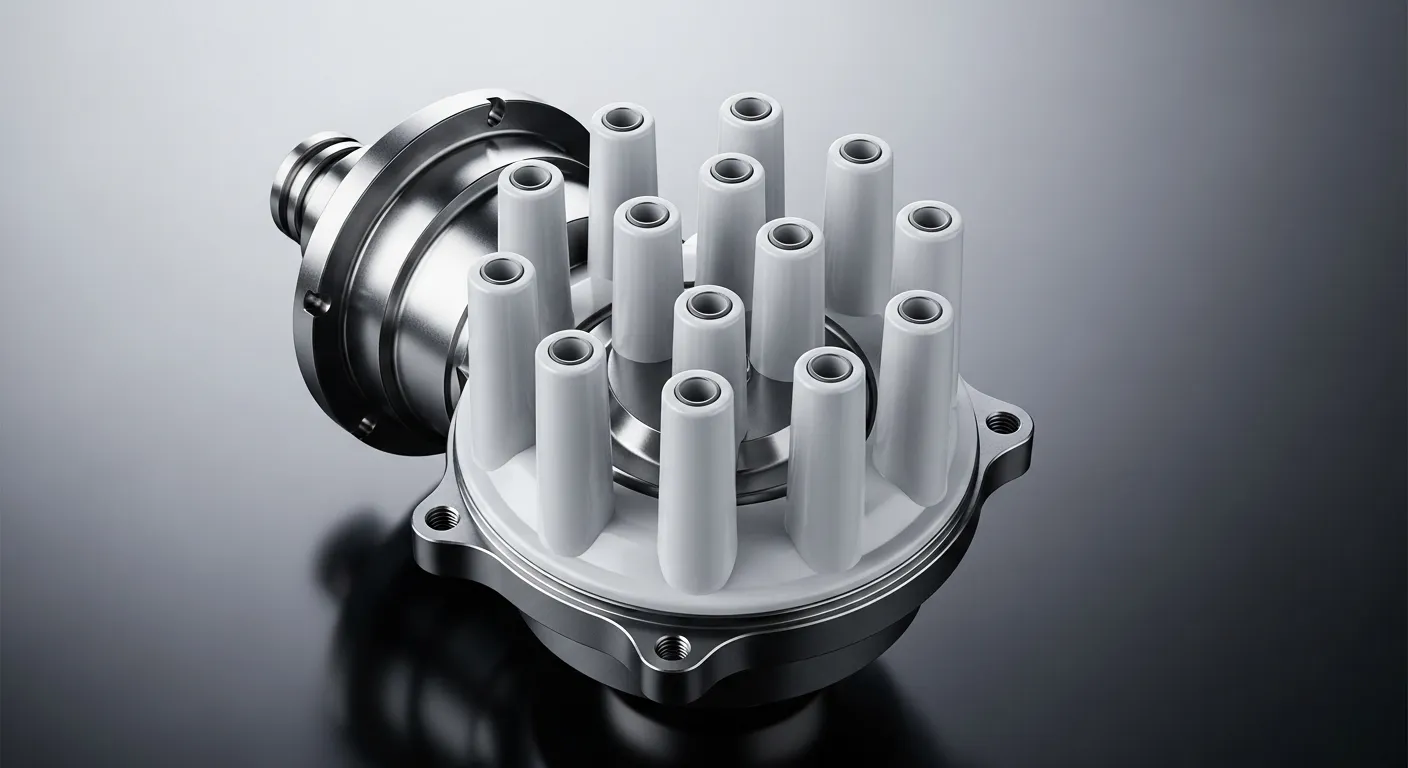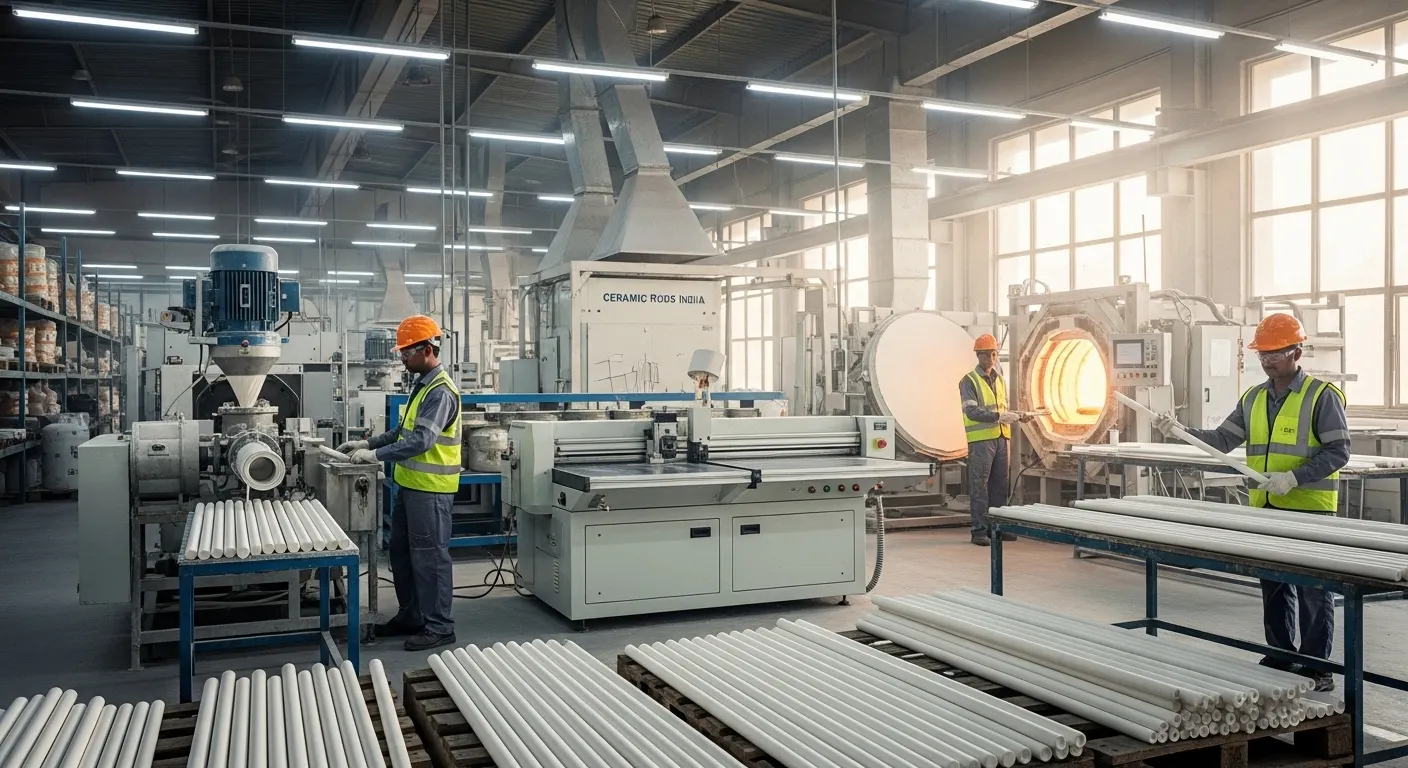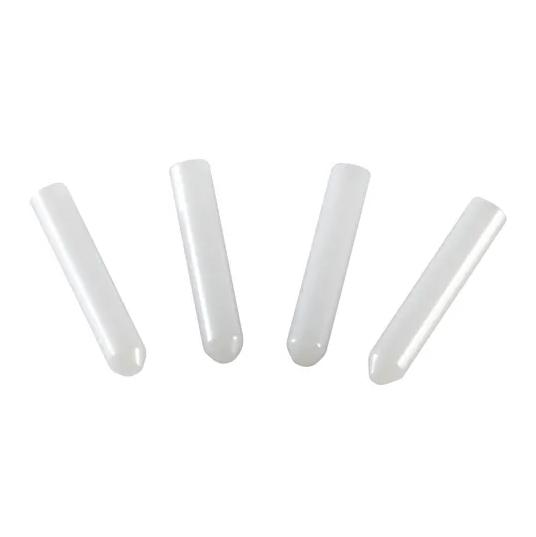How to Extend Furnace Life Using Ceramic Alumina Tube
Ceramic Alumina Tube is a practical, high-impact upgrade for heat-treatment line that chases longer furnace life, steadier temperatures, and fewer emergency stoppages. From UPCERA's vantage point - as a manufacturer focused on custom, advanced ceramic components - the right material purity, geometry, and machining precision can turn unstable equipment into a predictable workhorse.

What Really Shortens Furnace Life
Unplanned shutdowns rarely happen without warning. They creep in through tiny seal leaks, micro-cracks, and electrical creepage that slowly push the system out of balance. A misaligned tube or a poor transition between diameters might look minor, but it can create local cold spots, invite corrosive ingress, and force burners or power supplies to overcompensate. The side effects are familiar: rising fuel consumption, drifting thermocouple readings, and parts that fall out of tolerance.
Metallic tubes struggle here. In hot, corrosive atmospheres, they oxidize, conduct electricity, and gradually lose dimensional control under thermal cycling. As tolerances wander, sensors shift, flow paths change, and seals fatigue. By contrast, a Ceramic Alumina Tube holds shape and insulation across long service windows, protecting elements, sensors, and gaskets from the very issues that trigger weekend callouts.
In our field work, three patterns show up again and again:
- Interface leaks at ID/OD transitions create contamination paths and heat loss.
- Thermal cycling induces crack propagation and subtle warping that ruins alignment.
- Electrical creepage near heaters and leads shortens component life and trips alarms.
Each looks small on a maintenance log. Together they shorten refractory life, inflate energy use, and erode first-pass yield.
Why Ceramic Alumina Tube Changes The Outcome
At the core is material stability. UPCERA fabricates tubes from ≥99.5% high-purity alumina (Al₂O₃), sintered at high temperature and then precision-machined. That recipe is deliberate: alumina brings excellent electrical insulation, outstanding heat resistance, and high mechanical strength, so tubes keep both geometry and performance when the atmosphere turns harsh.
Thermally, alumina remains stable in continuous operation up to 1600 °C. That stability reduces thermal shock to nearby elements and refractory, and it prevents the slow softening that can cause a tube to sag or stick. Chemically, alumina is inert against many acidic and alkaline species and shrugs off particle erosion in high-velocity gas conduits. The payoff is fewer mid-campaign inspections and a longer interval between tube replacements - two line items every plant manager notices.
Design matters just as much as chemistry. Many furnace failures begin where parts meet. That is why UPCERA's alumina stepped tube geometry focuses on precise transitions between different inner and outer diameters. With ±0.01 mm tolerances, these steps locate seals positively, keep sensors at the correct immersion depth, and align gas paths for stable flow. The result is better gas tightness, more repeatable measurements, and less mechanical stress at joints - small details, big life extension.
✅ Key benefits at a glance
- Electrical insulation: Limits creepage and stray currents around heaters and leads.
- Thermal reliability: Withstands sustained high temperature without dimensional drift.
- Mechanical strength: Resists bending and handling damage better than common ceramic blends.
- Corrosion & wear resistance: Survives acidic, alkaline, and particle-erosive environments.
- Precision fit: Stepped geometry reduces leakage, misalignment, and tolerance stack-ups.
Implementation With UPCERA
UPCERA's process starts with the application, not the drawing. We look at temperature profile, atmosphere, cycling rate, flow velocity, and how the tube mates to adjacent parts. Then we tune material purity, wall thickness, step geometry, and surface finish to fit the job. The goal is to drop the part into your existing assembly with minimal change control and maximum improvement.
Where a Ceramic Alumina Tube earns its keep:
- Thermal processing and furnace systems: More uniform temperature fields and fewer nuisance alarms from sensor noise.
- Vacuum and analytical equipment: Clean, inert pathways that help instruments hold calibration longer.
- Electronics and semiconductor lines: Electrical isolation around hot zones that prevents creepage failures.
- Chemical and new-material plants: Resistance to aggressive gases and abrasive particles that would shred metal tubes.

Not every section needs bullet points, so here's the practical picture in plain language. If you are fighting recurring seal leaks, uneven heating, or drifting measurements, a stepped Ceramic Alumina Tube offers a clean fix. Its precision shoulders lock the tube into place the same way every time. That repeatability preserves gasket compression, maintains sensor depth, and keeps flow paths true. When the tube no longer moves, the rest of the system stops chasing its errors.
Representative specifications (tailored per project):
- Material: ≥99.5% high-purity alumina
- Temperature capability: continuous service to 1600 °C with excellent thermal stability
- Machining: ±0.01 mm dimensional tolerance for critical interfaces
- Performance profile: excellent electrical insulation, high mechanical strength, and corrosion/wear resistance
From a maintenance perspective, the upgrade is straightforward. Tubes last longer, so spares inventory shrinks. Seal kits stretch further because the interfaces stay aligned. Energy use stabilizes as burners or power supplies stop compensating for leaks and temperature swings. Quality teams see tighter distributions, especially on heat-sensitive dimensions.
How To Get The Most From The Upgrade:
• Map the interfaces: Identify every diameter transition, seal, and sensor position.
• Specify atmosphere and cycling: Temperature peaks, ramp rates, and gas chemistry drive the design.
• Match finish to function: Smooth bores for high-velocity gas, controlled roughness where seals grip.
• Plan for inspection: Longer life does not mean no checks - set sensible intervals to confirm alignment and seal condition.
CTA - Talk With UPCERA
If you're ready to extend furnace life and bring your process back within control limits, connect with UPCERA. Share your temperature profile, atmosphere, and assembly drawings, and we'll recommend a Ceramic Alumina Tube design that slots into your existing hardware with minimal disruption. Our engineering team can simulate fit, propose step geometry, and align tolerances so the field install is uneventful - and the runtime is uneventful, too.
With the right combination of high-purity alumina, disciplined machining, and a purpose-built stepped design, a Ceramic Alumina Tube stops the small failures that chip away at furnace life. The upgrade is simple. The benefits - longer campaigns, steadier quality, and calmer maintenance logs - are anything but.
 English
English 中文
中文





